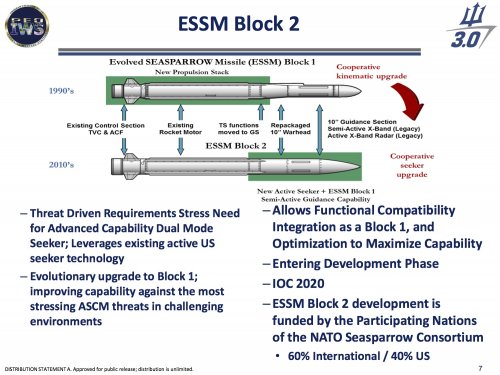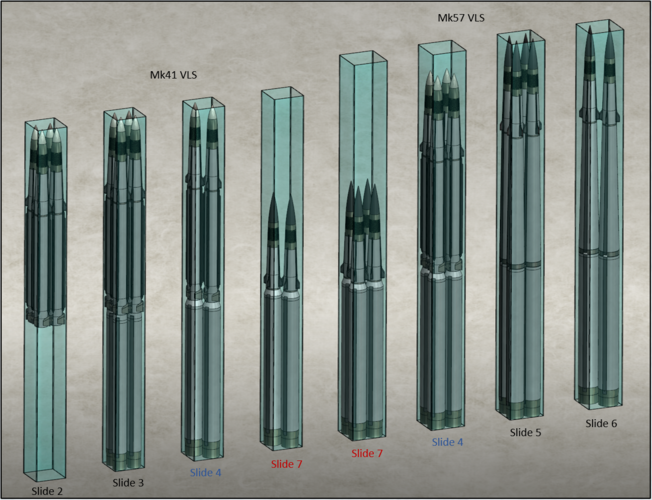- Joined
- 3 June 2011
- Messages
- 17,871
- Reaction score
- 10,927
What flavor of RIM-162 is this? ???

http://www.armyrecognition.com/mspo_2012_show_daily_news_pictures_video_uk/raytheon_evolved_sea_sparrow_missile_essm_modernizes_polish_medium_range_air_defense_system.html
Hmmm. . .

Seems odd they'd make the front end full diameter given they've gone the opposite direction with SLAMRAAM-ER.

http://www.armyrecognition.com/mspo_2012_show_daily_news_pictures_video_uk/raytheon_evolved_sea_sparrow_missile_essm_modernizes_polish_medium_range_air_defense_system.html
Hmmm. . .

Seems odd they'd make the front end full diameter given they've gone the opposite direction with SLAMRAAM-ER.




